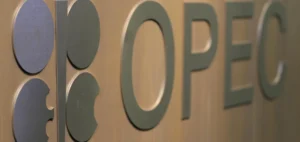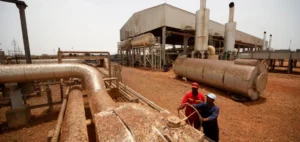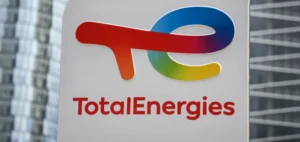Oil prices were slowing Thursday, held back by the Fed’s new interest rate hike, which supports the dollar and reinforces fears that the U.S. economy is falling into recession, dampening demand for crude.
Around 10:40 GMT (11:40 in Paris), the barrel of Brent North Sea for delivery in January 2023, lost 1.12% to 95.08 dollars.
A barrel of U.S. West Texas Intermediate (WTI) for December delivery was down 1.40 percent at $88.74.
The more aggressive than expected stance of the U.S. central bank (Fed), which reiterated its commitment to fighting inflation and raised its key interest rate by 0.75 percentage points on Wednesday, supported the U.S. dollar.
As crude oil is traded in dollars, its appreciation reduces the purchasing power of investors using foreign currencies, and therefore weighs on demand.
The Fed’s main policy rate is now at its highest level in nearly 15 years.
“Even though the pace of increase might slow down a bit, the current consensus is that (the rate) needs to reach 5% next year” in order to bring inflation down to 2%, says Tamas Varga, an analyst at PVM Energy.
But “the higher the interest rates, the more likely the recession,” Varga said.
“Growing concerns about slowing growth will inevitably impact global oil demand,” with potentially downward revisions to demand estimates from major global agencies, he says.
The Fed’s decision has “certainly limited the appetite for oil,” added Ipek Ozkardeskaya, an analyst at Swissquote.
She said U.S. crude is unlikely to gain momentum “above $90, as recession fears should cool investors who would otherwise buy oil at current prices.”






















